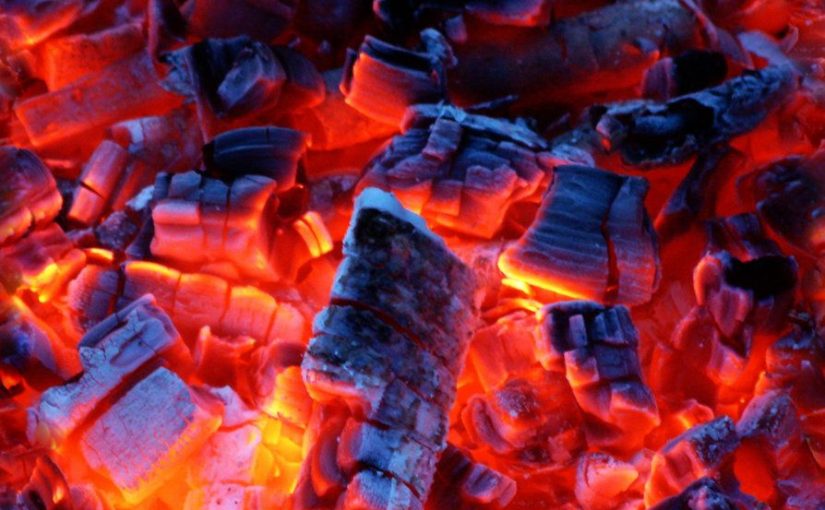Winter is coming…
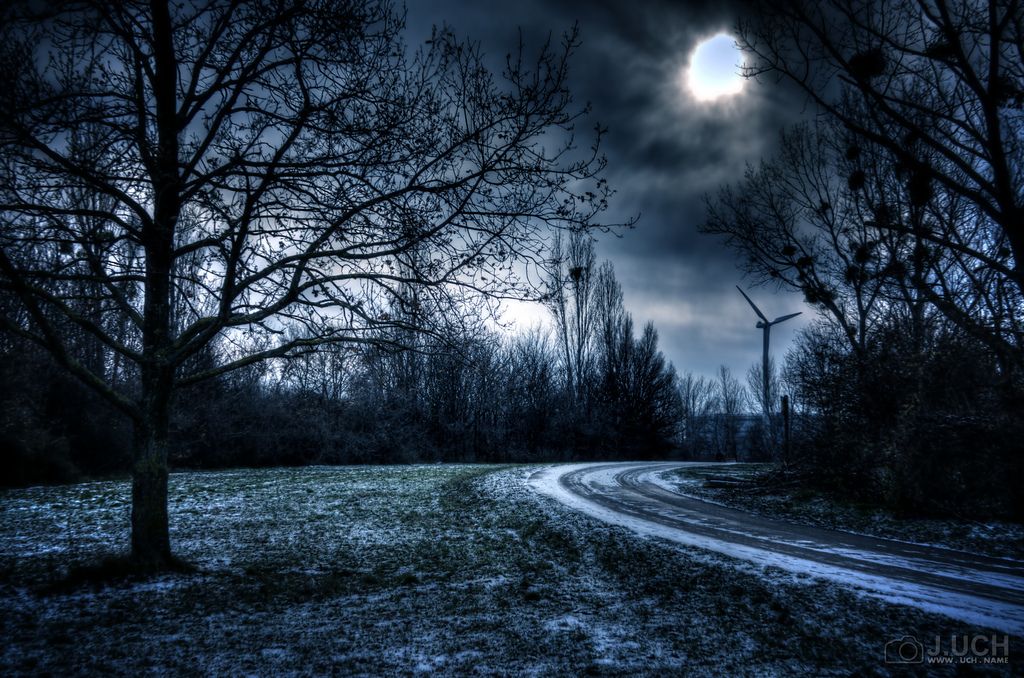
As we head into the winter months in the northern hemisphere, the COVID-19 pandemic continues to dominate international news headlines. After a brief dip in case numbers in parts of Europe and the United States this summer, the turn of the weather heading into the colder months has brought with it a new surge of infections plunging many countries into their second and third waves. France and Germany have imposed lockdowns and curfews in an attempt to curb outbreaks spiraling out of control within their borders. Belgium is facing severe shortages of healthcare staff in its hospitals with intensive care beds set to run out in a few weeks. The United States, facing a dearth of coordinated national leadership, continues to see uncontrolled outbreaks in many states.
Disaster avoided?

Sub-Saharan Africa on the other hand has to a large degree defied the predicted apocalypse that followed the first reported case of COVID-19 on the continent back in February. News headlines early on were quick to highlight the continent’s weak health systems, fragile infrastructure and limited access to medical supplies and advanced medical equipment. Melinda Gates with great foreboding in April, made a dire prediction in an interview of “dead bodies on African streets soon”. These predictions fortunately have not come to pass as the African continent has consistently recorded the lowest numbers of cases and deaths from COVID-19 globally. As of October, 29th 1,750,331cases and 42,175 deaths (0.1% of deaths globally) from COVID-19 had been reported on the African continent which is home to 13% of the world’s population.
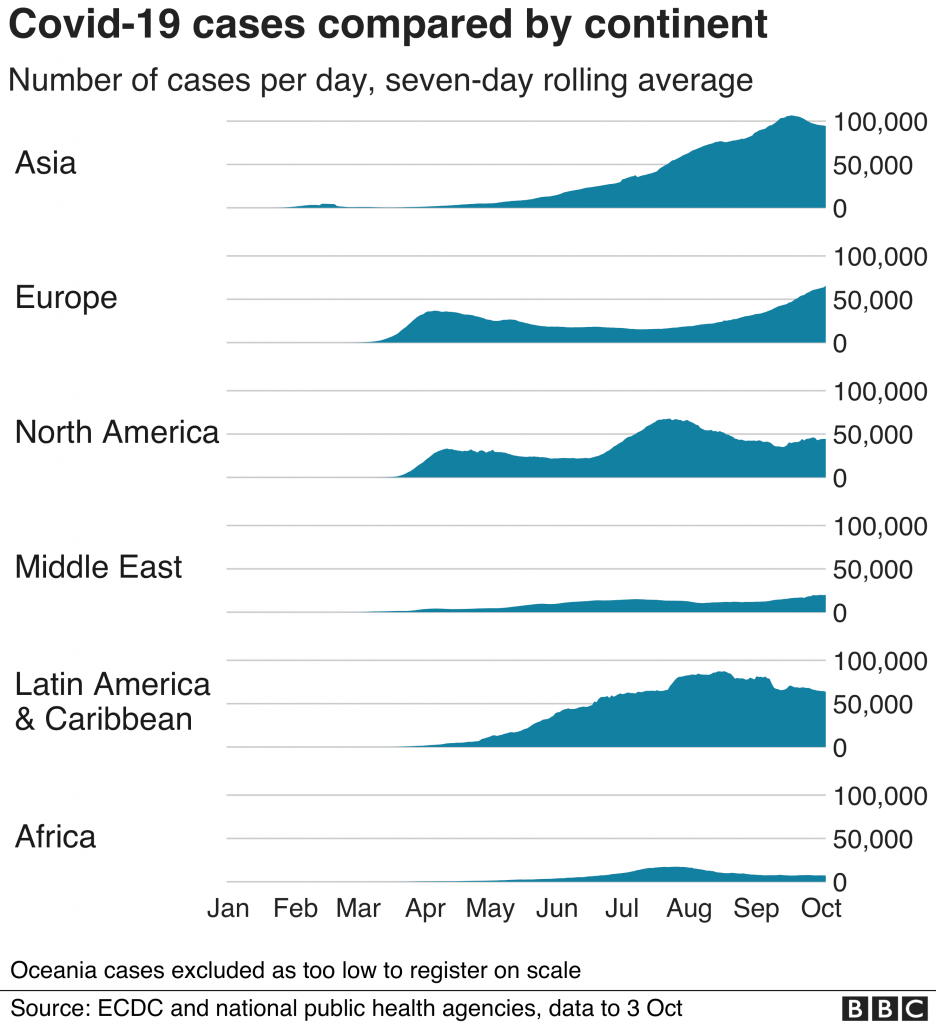
Big wins but more to do
Due credit has been given to a robust public health response by local governments with the support of WHO and Africa CDC . These organizations worked in tandem to improve testing capacity and implement measures which helped slow the initial spread of the virus on the continent. These measures were largely supported by populations accustomed to dealing with outbreaks of infectious diseases and tapped into good community health systems strengthened by previous epidemics.
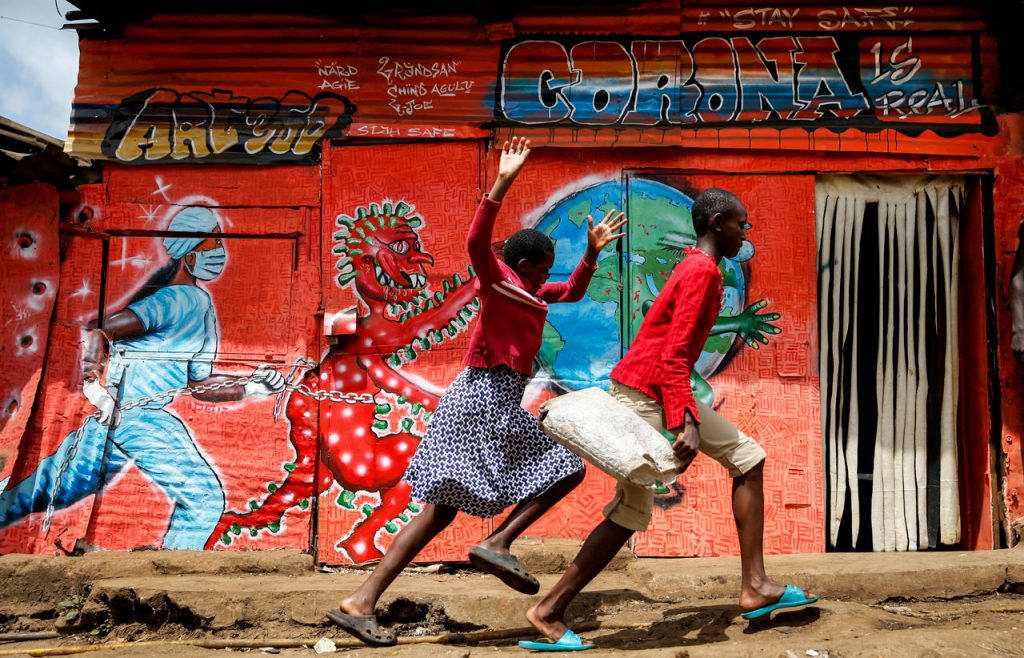
AP PHOTO/BRIAN INGANGAChildren run down a street past an informational mural warning people about the dangers of the new coronavirus, in the Kibera slum, or informal settlement, of Nairobi, Kenya Wednesday, June 3, 2020. (AP Photo/Brian Inganga)
Ongoing speculation on the protective benefits of a warmer climate, a more youthful population and lower prevalence of risk factors for severe COVID-19 prevail. These theories bring with them the risk of complacency and premature victory laps in the wake of successes recorded in the first wave. The surge in COVID-19 cases across Europe and the Americas is slowly beginning to reflect as an upward trend in new cases in Africa. Whether this will result in a true second wave or a quiet smolder remains to be seen. Regardless of what happens in the coming months, the pandemic is far from over and the efforts to contain it must not relent.
Consolidating an initial good response
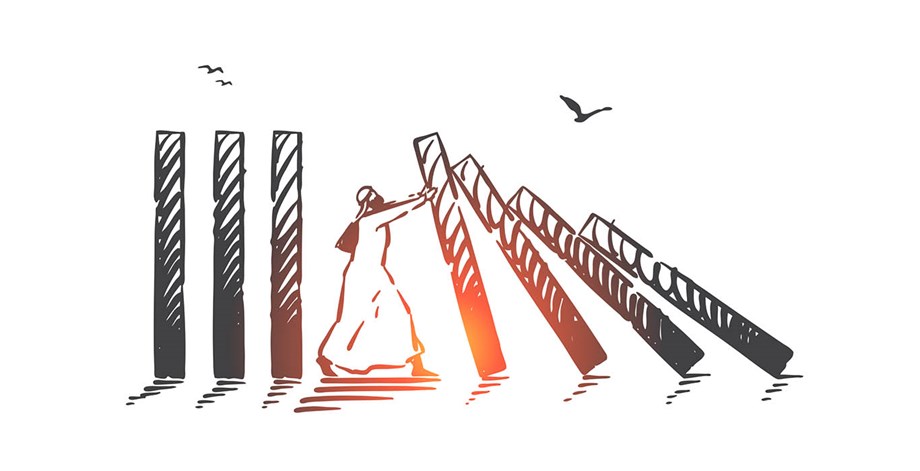
As SARSCoV-2 has spread globally over the past 10 months our knowledge of the virus and how to control it has also grown at an incredible pace. There has been progress in therapeutics and several vaccine candidates are in advanced stages of development, with hope of starting distribution by early 2021. The access to these advances is expected to vary by region with poorer countries unlikely to access advanced therapies and vaccines until much later. Tried and true public health approaches have to remain at the center of the pandemic response in low income countries, but pandemic fatigue and the economic implications of strict enforcement present considerable challenges to sustaining these efforts long-term.
Social distancing, mask mandates and lockdowns
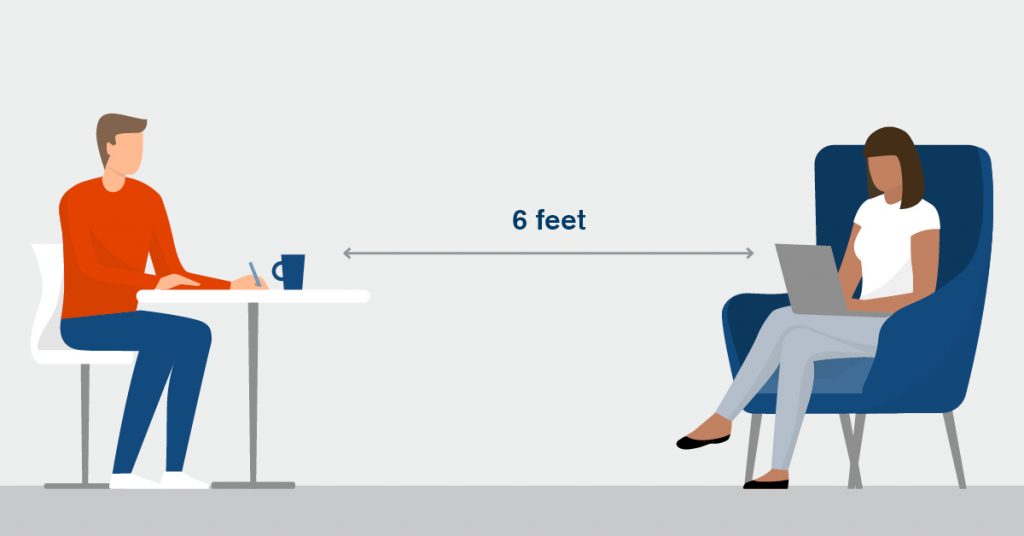
Many African governments took an almost draconian approach in enforcing adherence to strict lockdowns, travel restrictions and mask mandates. In Kenya aggressive policing to uphold COVID–19 curfews led to several weeks of violence and up to 15 deaths. In Senegal where civil uprisings are rare, the initial lockdowns in March sparked violent clashes between the population and the police. These lockdowns have quickly translated to significant losses in income for small businesses and daily wage earners, plunging many deeper into poverty. In recent months a lot of these measures have been loosened in an attempt to ease the economic toll of the pandemic on the population. Without robust and sustained government financial support moving forward, it is hard to imagine any appetite on the part of local populations to return to these strict measures even as fears of a second wave of infections loom. Some African government have provided stimulus packages for economic relief to their populations but these have been modest and do not meet the widespread need.
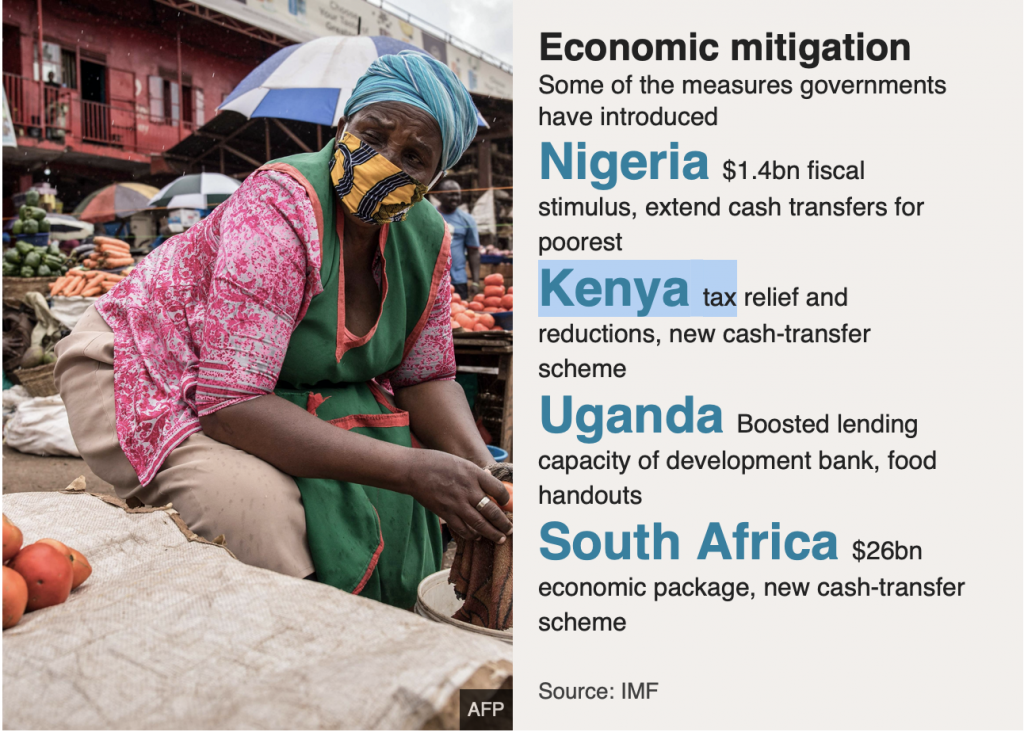
Social distancing and isolation of those who test positive haven’t been without challenges especially in large and densely populated cities . Government structures dedicated for quarantining purposes have been largely under-utilized due to the stigma associated with carrying a diagnosis of COVID-19. The models adopted in western cities such as working from home, online shopping, and grocery shopping on a schedule to limit person to person interactions is simply not feasible or adaptable to many African countries.
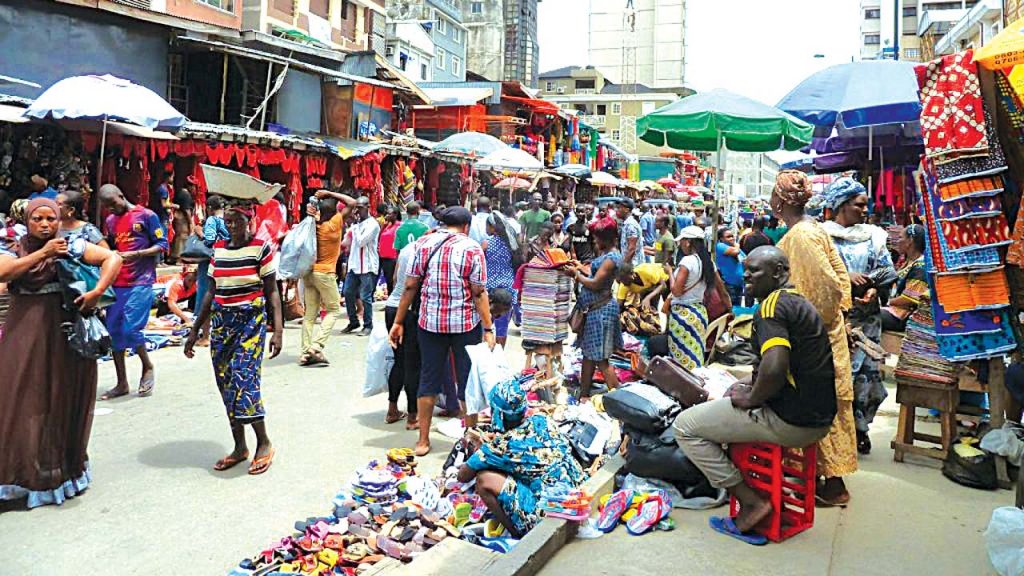
“A large share of Africa’s urban population lives in crowded informal settlements, with small one- or two-bedroom houses. Differences across the continent are large, but on average, 45% of households share toilets with their neighbors and for 17%, their only access to water is from a communal tap“. There is a need to develop innovative strategies for infection control which take into account unique characteristics of the environment and provide the population with the means to comply to these measures without jeopardizing their livelihoods.
Therapeutics
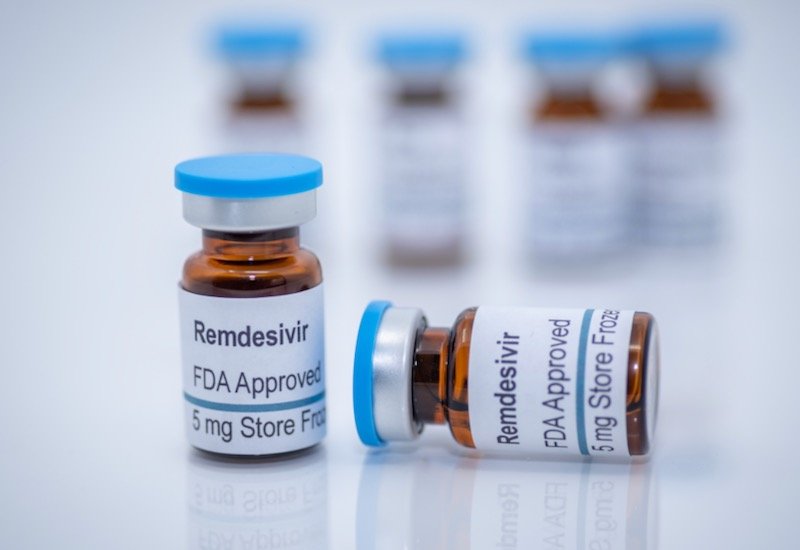
Remdesivir, has become the first antiviral drug approved for the treatment of COVID-19 in the United States. This drug largely owes the initial phases of its clinical development to studies done in patients in the Democratic Republic of Congo (DRC) during the 2018 outbreak Ebola Virus Disease (EVD). While debates on the true efficacy of Remdesivir for COVID-19 continue to polarize, it is unlikely that the severely limited worldwide supply will trickle into enough African hospitals to create any meaningful impact on patient outcomes.
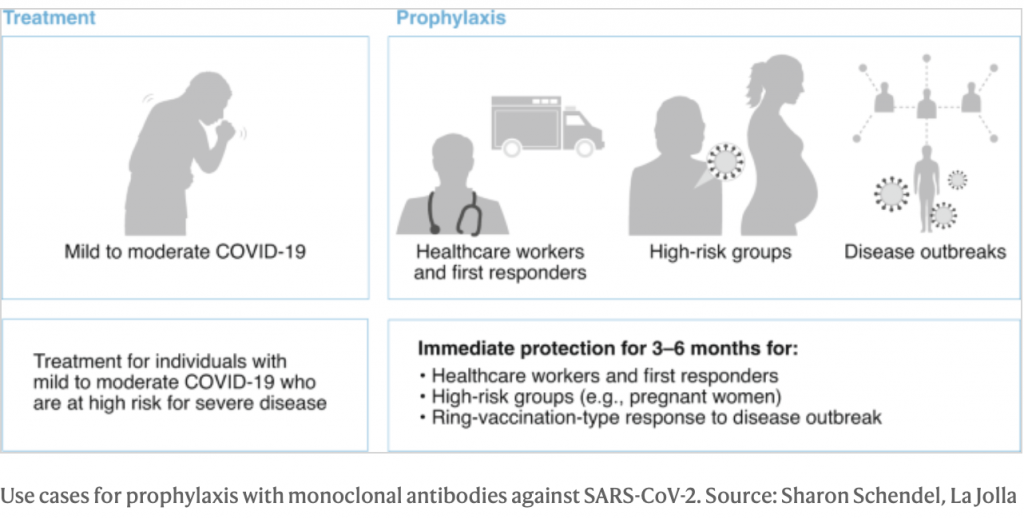
Monoclonal antibodies, another treatment strategy are likely to gain emergency use authorization for treatment on non-hospitalized patients with COVID-19 in the USA, in coming weeks. This therapeutic approach gained significant popularity during the last outbreak of the EVD in the DRC with two monoclonal antibody therapies showing statistically significant mortality benefit in clinical trials of acute EVD. The benefits so far reported from trials of monoclonal antibody therapies in COVID-19 are modest and these treatments carry a prohibitive price tag limiting their availability for now to very wealthy countries.
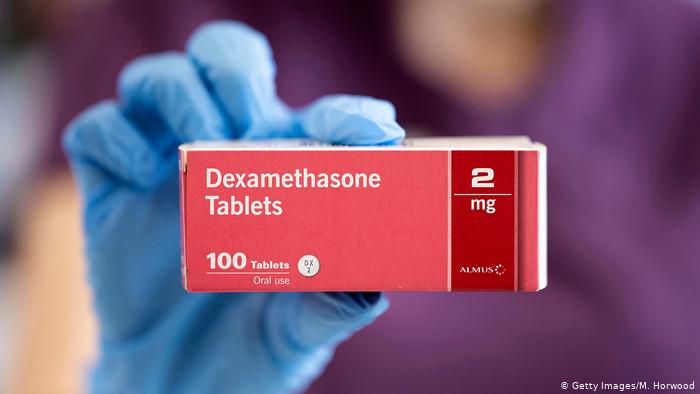
The RECOVERY trial, from the UK, demonstrated the benefit of a cheap steroid Dexamethasone in reducing mortality from severe COVID-19. Dexamethasone is on the WHO essential medication list which means that it can be accessed even in the most remote health settings. Dexamethasone has quickly become an important tool for treating COVID-19 patients globally. Widespread use of steroids isn’t without risks especially in areas with concomitant high prevalence of other infectious diseases which can be made worse by steroid use e.g. Tuberculosis, viral Hepatitis and certain parasitic infections etc. There is need for local prospective studies to better define the role of steroid therapy in treating COVID-19 in Africa taking into account unique risks they portend in this setting.
Vaccines
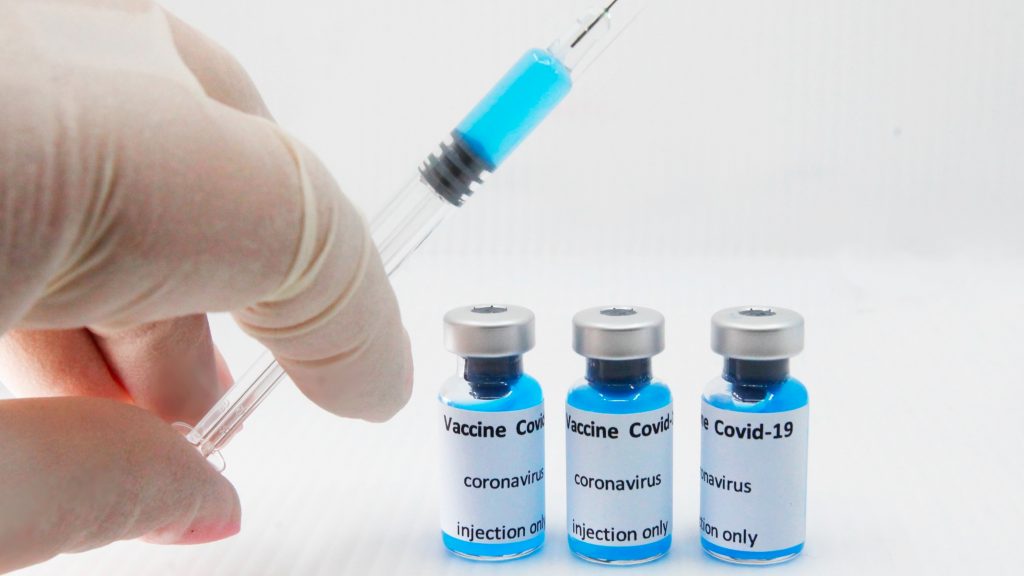
A lot hope for returning to a normal life now hinges on an effective COVID-19 vaccine. Several promising candidates have been fast tracked through phase1,2, 3 clinical studies. If these vaccines clear the threshold for efficacy, the bigger task ahead will be their distribution to the world’s 7.8 billion inhabitants.
Wealthy countries have positioned themselves ahead of the line by making deals worth billions to secure vaccine doses from leading manufacturers. The COVID-19 Vaccine global access (COVAX) initiative led by the WHO, the Coalition for Epidemic Preparedness (CEPI) and the Global Vaccine Alliance (GAVI) is working to ensure equitable access and distribution of vaccines between wealthy countries and middle- and lower-income countries. While this initiative is welcome and laudable, history from recent outbreaks gives Africa many reasons to worry.
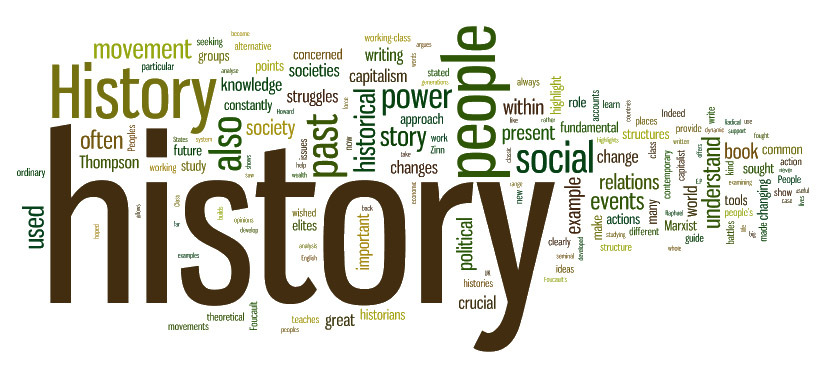
In 2004, during the outbreak of the avian flu (H5N1), negotiations led by the WHO to share stockpiles of vaccines rapidly broke down. This scenario was again replayed in the 2009 H1N1 outbreak during which wealthy countries again reneged on their promises to share vaccine stockpiles and hoarded doses for themselves. In the mid-nineties antiretroviral therapies for treating HIV were priced out of the reach of many African countries and created delayed access to life-saving treatment for many people living with HIV. It is estimated that between 1997-2007 at least 12 million Africans died from HIV due to inability to access life-saving treatment. In the early months of the COVID-19 pandemic, many African countries were frozen out of the global market and struggled to secure personal protective equipment and testing supplies crucial for the pandemic response. The Africa CDC estimates the cost of building infrastructure and delivery systems to distribute a COVID-19 vaccine on the continent between $7 billion and $10 billion, a target which is a long way from being met.
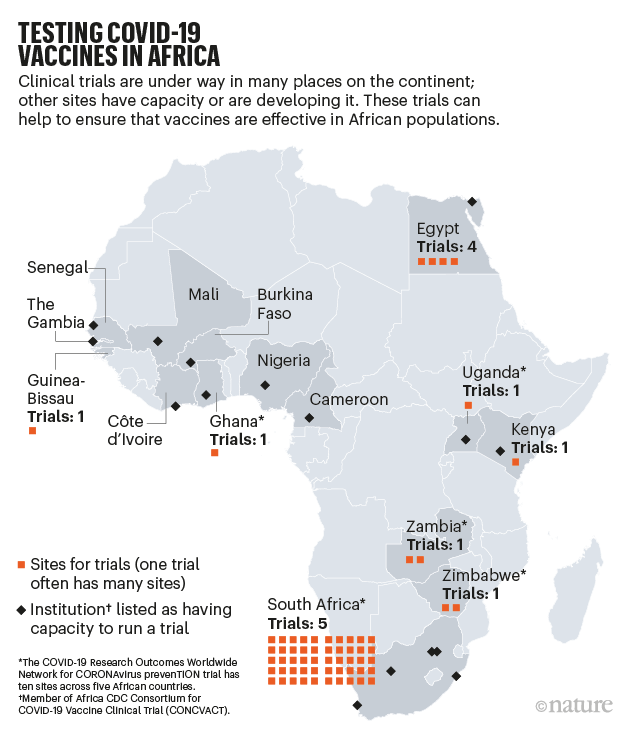
On a more positive note COVID-19 vaccine trials are now recruiting participants in up to 6 African countries. A key piece to successful vaccine distribution and fighting growing vaccine hesitancy is demonstrating efficacy in local populations.
Far from Over
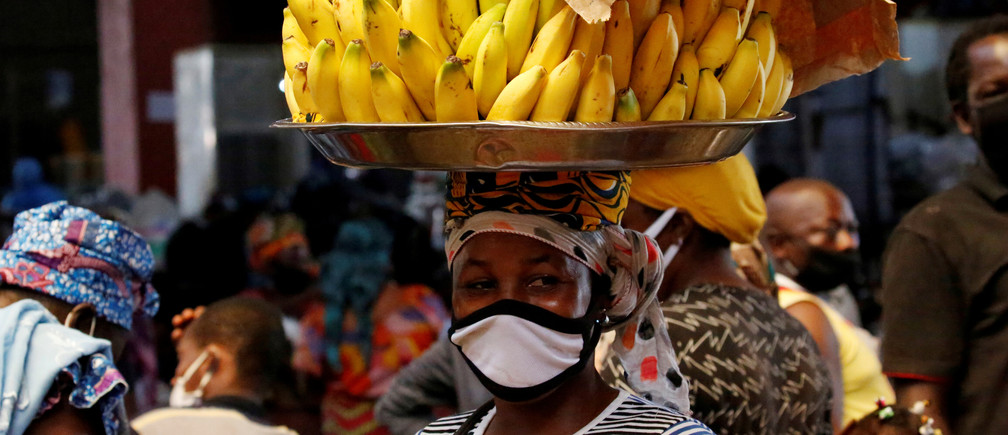
Image: REUTERS/Luc Gnago
Whether we see subsequent waves or a more smoldering course of COVID-19 in Africa is anyone’s guess. Regardless of the scenario that emerges, the most vulnerable amongst us will suffer most and longest. As we continue to fight this pandemic a global response in its true sense must remain grounded in our shared humanity. Africa being relatively spared in the first wave of the pandemic is a deceptive narrative that threatens the longterm sustained response. A slow and prolonged outbreak in Africa may present an even bigger challenge as this is likely to extend the devastating impact on the economy, education and healthcare well beyond this pandemic.
Written by : Boghuma K. Titanji
*Click on undefined text to link to relevant reference
- * Text in “” represent direct quote from another article

